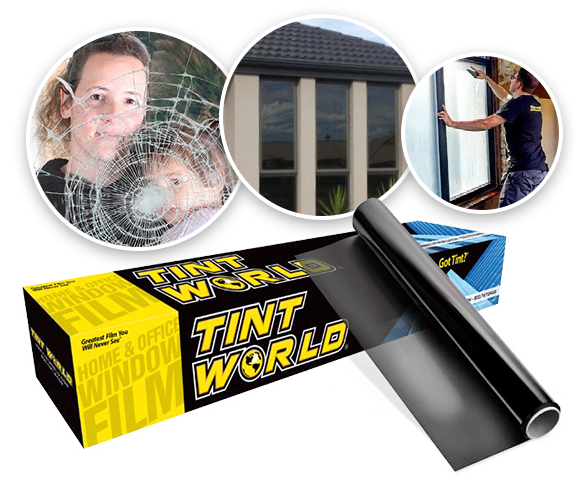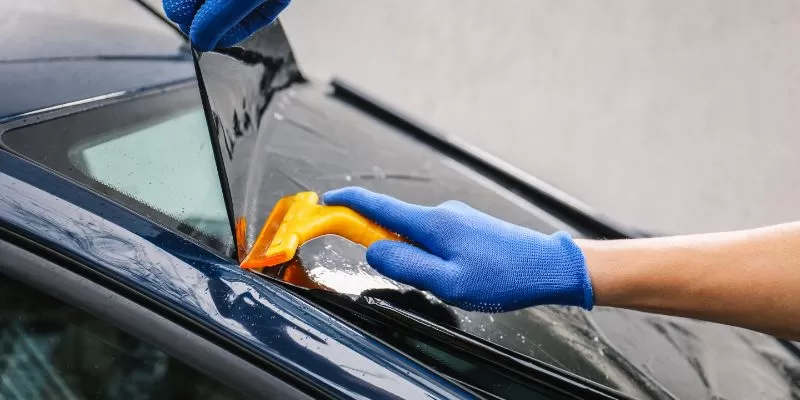Window Tinting Regulations and Standards: What You Required to Know Before Tinting Your Vehicle
Before proceeding with home window tinting for your vehicle, it is necessary to familiarize on your own with the varied regulations and guidelines that regulate this method throughout various states. These policies determine the permitted degrees of color darkness, frequently measured by noticeable light transmission (VLT) percentages, and consist of particular terms for front windshields intended at ensuring roadway safety and security.
Summary of Home Window Tinting Regulations
Home window tinting legislations are frequently based on variant throughout various jurisdictions, reflecting neighborhood laws and security factors to consider. These regulations determine the permitted levels of color darkness and reflectiveness on automobile windows, making certain that chauffeurs maintain sufficient visibility while additionally protecting versus unsafe UV rays and heat.
The majority of laws categorize window tinting based upon the Visible Light Transmission (VLT) percentage, which shows the quantity of light that can go through the window. Usually, lower VLT percents represent darker colors. Regulations typically differentiate between the front, side, and rear home windows, with stricter constraints related to the front windscreen to enhance safety for both the vehicle driver and other road users.
Conformity with window tinting regulations is essential, as offenses can result in penalties, compulsory elimination of the tint, and possible rises in insurance costs. It is necessary for car proprietors to acquaint themselves with neighborhood regulations before proceeding with home window tinting installations.
State-by-State Tint Laws
Comprehending the specific home window tinting policies in each state is important for lorry owners looking for to follow the law. Each state in the U.S. has actually developed its own set of regulations governing window tinting, which can differ dramatically. These laws often determine the allowable degrees of tint darkness, the sorts of home windows that can be tinted, and any type of medical exceptions that may use.
As an example, states like California have rigorous constraints on tint darkness for front home windows, while others, such as New Mexico, may permit darker colors. Additionally, certain states mandate specific presence percentages for numerous windows, including the windscreen, front side home windows, and rear home windows. It is vital for automobile proprietors to familiarize themselves with their state's regulations to prevent potential penalties or penalties.
In addition, some states might need a certification sticker label to be positioned on tinted windows, suggesting conformity with state regulations. Failing to comply with these regulations not only runs the risk of lawful effects yet can also influence security and exposure while driving. As a result, lorry owners must perform comprehensive study or get in touch with local authorities to guarantee complete understanding and compliance with state-by-state tint regulations.
Allowed Color Types and degrees
Lots of lorry owners may be stunned to learn that enabled tint levels and kinds vary commonly across various states. Each state has actually developed its own laws relating to the permissible darkness and reflectivity of window color, typically measured by Visible Light Transmission (VLT) percentages. VLT describes the amount of light that can go through the tinted windows; therefore, a lower portion suggests a darker tint.

In addition, the sorts of color materials permitted can differ, with some states restricting mirror-like or metal surfaces. It is vital for vehicle owners to acquaint themselves with their state's details laws to guarantee conformity. Non-compliance can result in penalties, required elimination of the color, or various other legal consequences, making it important to comprehend these policies before continuing with setup.
Medical Exemptions for Tinting
While not all states give allocations for clinical exceptions pertaining to window tinting, those that do acknowledge the requirement for details people to boost exposure and comfort because of clinical investigate this site conditions. Numerous medical problems, such as lupus, skin cancer, and particular eye disorders, can provide individuals specifically conscious sunshine. As a result, these individuals might call for darker colors to secure themselves from unsafe UV rays and glow.

It is essential to keep in mind that despite having a clinical exemption, there may still be constraints on the level of color enabled. Conformity with state regulations guarantees that people are both secured and within legal limitations. Those considering medical exceptions ought to contact their regional Division of Motor Autos or equivalent authority to understand the requirements and procedures necessary to look for an exemption successfully.
Fines for Non-Compliance
Failing to comply with window tinting regulations can lead to significant charges, which vary by state. Legislation enforcement agencies are encouraged to provide citations for lorries that do not comply with the defined tinting policies. These fines usually consist of penalties, which can vary from moderate quantities to numerous hundred dollars, relying go to these guys on the seriousness of the violation and the state concerned.
In some territories, repeated offenses might result in escalating fines or added fines, such as necessary court looks. Moreover, non-compliance may require the removal of unlawful tinting, commonly at the proprietor's cost. In severe situations, habitual culprits might deal with suspension of their lorry enrollment till conformity is achieved.
Furthermore, insurance implications might develop from receiving several citations for home window tint violations. Insurers may watch such offenses as an indicator of riskier behavior, possibly bring about increased premiums or problem in protection.
To stay clear of these charges, it is critical for automobile proprietors to familiarize themselves with their regional home window tinting legislations and guarantee that their vehicle complies (Window Tinting). This positive strategy not just prevents lawful ramifications however additionally promotes roadway security
Final Thought

Many policies categorize window tinting based on the Visible Light Transmission (VLT) portion, which indicates the amount of light that can pass with the window. Conformity with home window tinting regulations is crucial, as offenses can result in penalties, compulsory elimination of the tint, and potential boosts in insurance coverage costs.Comprehending the certain window tinting guidelines in each state is important for car proprietors looking for to abide with the legislation. These regulations frequently determine the permitted levels of tint darkness, the kinds of home windows that can be tinted, and any kind of clinical exemptions that might use.
For instance, states like California have strict constraints on tint darkness for i thought about this front windows, while others, such as New Mexico, might permit darker colors.